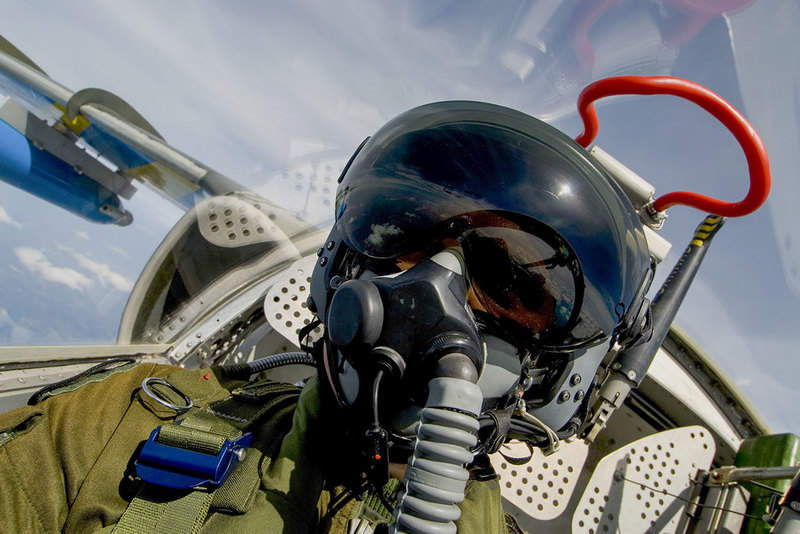

Cobham has completed the development of a two-part breathing sensor system for pilots, which will help identify the root cause of military aviation physiological events.
The breathing sensor system includes an inhalation sensor block, delivered in June, and an exhalation gas sensor.

Discover B2B Marketing That Performs
Combine business intelligence and editorial excellence to reach engaged professionals across 36 leading media platforms.
The exhalation sensor is expected to be delivered by the end of this month and is designed for the US Air Force School of Aerospace Medicine in support of the Aircrew Mounted Physiologic Sensing System (AMPSS 2.6) programme.
Together, the exhalation and inhalation sensor block comprise the first pilot-mounted sensor system to capture in-flight, real-time oxygen system, cockpit environmental, and pilot physiological data, Cobham stated.
The pilot-mounted breathing sensors can be used on any platform.
Cobham Mission Systems Environmental Systems product director Rob Schaeffer said: “Understanding root cause is the first critical step towards designing a solution that will be able to predict and prevent the onset of hypoxia-like symptoms.

US Tariffs are shifting - will you react or anticipate?
Don’t let policy changes catch you off guard. Stay proactive with real-time data and expert analysis.
By GlobalData“Our gas sensing system will create a library of information that will tell us how the aircraft oxygen system is performing, what the cockpit environmental conditions are around the pilot, and if the pilot is properly oxygenated as indicated by expired oxygen and carbon dioxide concentration."
According to the company, the inhalation data will indicate if enough oxygen is being delivered to the pilot or if there is a loss in cabin pressure that is likely to cause hypoxia-like symptoms.
The exhalation sensor is capable of detecting if the pilot is breathing normally or perhaps is hyperventilating leading to symptoms of hypocapnia or too much oxygen.
Data collected will be analysed post-flight and correlated to any hypoxia-like symptoms reported during the mission.
Under the next phase of the development, Cobham intends to add a warning feature that will inform the pilot to take manual corrective action.
The future state system will include a mitigation capability that can automatically adjust breathing regulator output based on data the sensors are providing.
Image: Cobham delivers the inhalation sensor for the pilot oxygen system. Photo: courtesy of Cobham plc.



